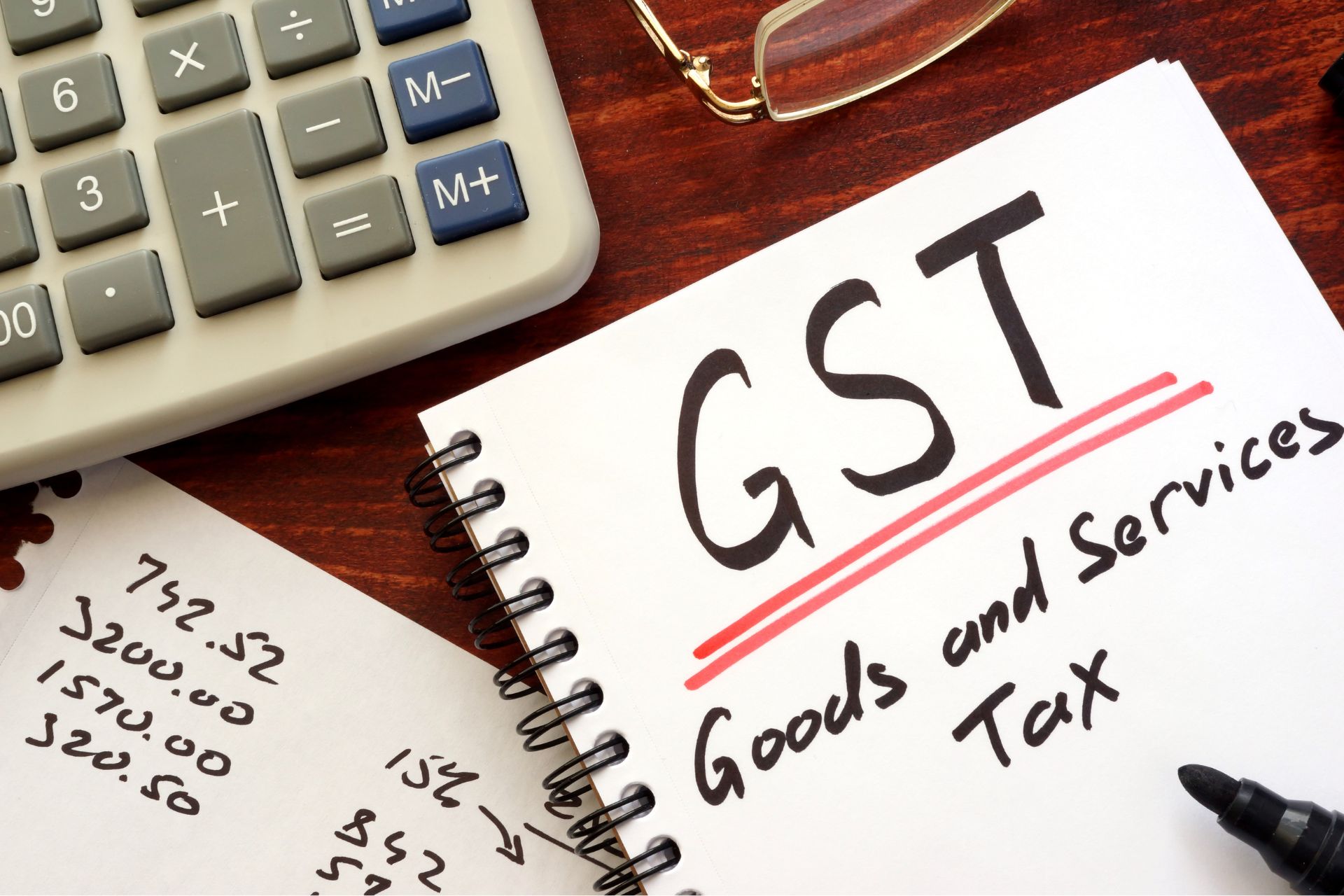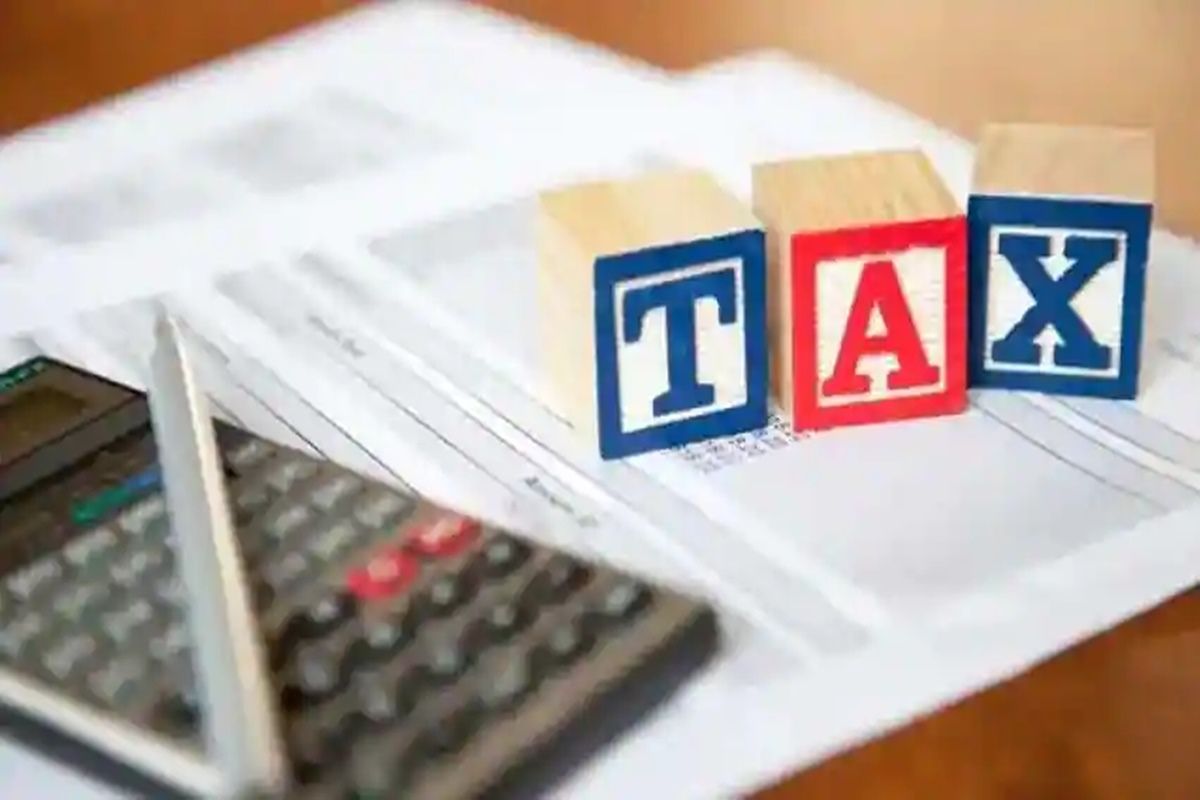
Mastering GST Registration: A Step-by-Step Guide
The Goods and Services Tax (GST) is an indirect tax system that has simplified and streamlined the taxation process for businesses in India. If you are a business owner or a professional providing taxable goods or services, GST registration is a crucial step to comply with the GST laws. In this comprehensive guide, Taxsing provides you with a step-by-step approach to mastering GST registration, ensuring a smooth and hassle-free process.
Step 1: Determine Eligibility:
The first step in GST registration is determining whether your business meets the eligibility criteria. Any business with an annual turnover exceeding the threshold limit (currently Rs. 40 lakhs for most states) is required to register under GST. For businesses operating in special category states, the threshold limit is Rs. 20 lakhs. Additionally, certain businesses, such as e-commerce operators and businesses involved in inter-state supplies, must register for GST regardless of turnover.
Step 2: Gather Required Documents:
Once you confirm your eligibility, gather the necessary documents for GST registration. These typically include PAN (Permanent Account Number) of the business, proof of business address, identity and address proofs of promoters/partners/directors, bank account details, and photographs. Organizing and preparing these documents in advance will facilitate a smoother registration process.
Step 3: Online GST Registration:
GST registration is done through the GST Common Portal (www.gst.gov.in). Create an account on the portal and access the GST registration application. Fill in the required details, including business information, contact details, and turnover. Upload the supporting documents as specified. Verify the information provided and submit the application.
Step 4: GST Officer Verification:
After submitting the application, the details are verified by a GST officer. In some cases, the officer may request additional information or documents. Once the officer is satisfied with the application, they will issue a unique GSTIN (Goods and Services Tax Identification Number) for your business.
Step 5: Track Application Status:
You can track the status of your GST registration application online. The GST portal provides a tracking mechanism to monitor the progress of your application. It is important to regularly check the status and respond promptly if any additional information is required by the GST officer.
Step 6: Post-Registration Requirements:
After obtaining the GSTIN, ensure compliance with the post-registration requirements. This includes displaying the GSTIN on invoices and other relevant documents, maintaining proper books of accounts, filing regular GST returns, and remitting GST payments on time. Familiarize yourself with the GST rules and regulations to ensure seamless compliance.
Step 7: Seek Professional Assistance:
Navigating the complexities of GST registration and compliance can be challenging. Seeking professional assistance from experts like Taxsing can provide valuable guidance throughout the registration process and ongoing GST compliance. Taxsing's experienced professionals can help you understand the intricacies of GST laws, maintain accurate records, and ensure timely filing of GST returns.
What are the 3 types of GST registration?
Under the Goods and Services Tax (GST) regime in India, there are three types of GST registration, each catering to different categories of taxpayers. These types of registration are as follows:
1. Regular GST Registration:
Regular GST registration is applicable to businesses whose turnover exceeds the threshold limit specified by the GST authorities. For most states, the threshold limit is currently set at Rs. 40 lakhs (Rs. 10 lakhs for special category states). Taxpayers falling under this category are required to register under GST and comply with the regular GST filing and compliance procedures. Regular registration allows businesses to collect GST from customers, claim input tax credit, and fulfill other related obligations.
2. Composition Scheme Registration:
The Composition Scheme is a simplified taxation scheme available to certain small taxpayers. Businesses with an annual turnover up to Rs. 1.5 crores (Rs. 75 lakhs for special category states) can opt for the Composition Scheme. Under this scheme, taxpayers pay tax at a fixed rate based on their turnover, without the need to maintain detailed records or invoice-level reporting. However, businesses opting for the Composition Scheme are not eligible to collect GST from customers and cannot claim input tax credit.
3. Non-Resident Taxable Person (NRTP) Registration:
Non-Resident Taxable Persons (NRTPs) are individuals or businesses that do not have a fixed place of business in India but are engaged in taxable supplies within the country. NRTPs are required to register under GST to comply with the tax obligations for their business activities in India. NRTP registration enables them to collect and remit GST on their taxable supplies.
It's important for taxpayers to determine the appropriate type of GST registration based on their business category, turnover, and compliance requirements. Seeking professional advice from tax experts or consulting the GST authorities can help taxpayers make informed decisions and ensure compliance with the applicable registration type.
Is GST registration free?
GST registration itself is free of cost. The Goods and Services Tax (GST) registration process does not involve any direct charges or fees imposed by the government for the registration itself. However, there might be indirect costs involved, such as professional fees if you choose to seek assistance from tax professionals or consultants to facilitate the registration process. Additionally, businesses may incur expenses related to document preparation, verification, and other associated tasks.
It's worth noting that while the registration process is free, businesses must comply with various ongoing compliance requirements, such as filing regular GST returns, maintaining proper records, and remitting GST payments. Non-compliance with these requirements may result in penalties or fines levied by the tax authorities.
To ensure a smooth and accurate GST registration process, it is advisable to seek professional assistance from experts like Taxsing. They can guide you through the registration process, help you understand the requirements, and ensure compliance with GST laws and regulations. While there may be costs associated with professional services, their expertise can streamline the registration process and ensure accurate compliance, ultimately saving you time and effort.
Mastering GST registration is essential for businesses to comply with the GST laws and operate smoothly in the Indian market. By following this step-by-step guide provided by Taxsing, you can navigate the GST registration process with confidence. Ensure eligibility, gather the required documents, complete the online registration, track the application status, and fulfill the post-registration requirements. Seek professional assistance from Taxsing to streamline the process and ensure seamless compliance with the GST regulations. Embrace the benefits of GST registration and lay a strong foundation for your business's success in the dynamic Indian taxation landscape.




